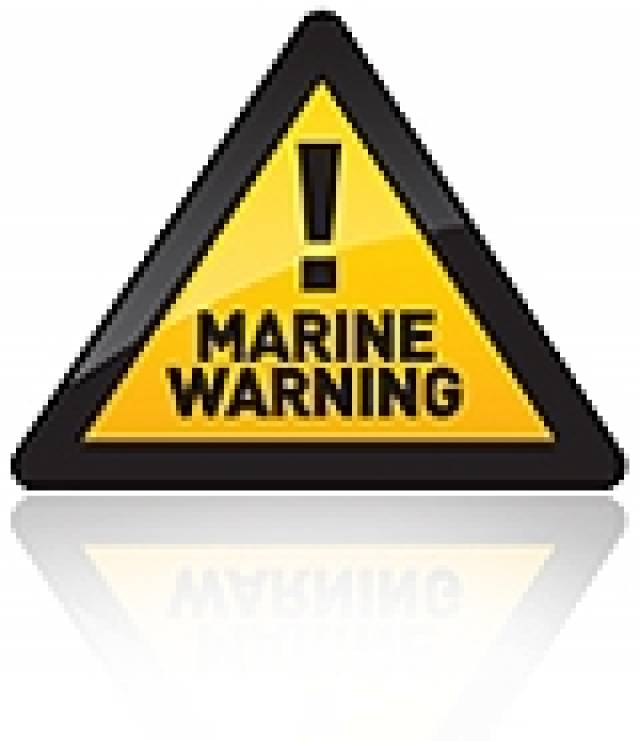Marine Notice No. 40 of 2013
Notice to all Shipowners, Fishing Vessel Owners, Agents, Shipmasters, Skippers, Fishermen, Yachtsmen and Seafarers
The Department of Transport, Tourism and Sport has been advised that the light Well Intervention Vessel, “Well Enhancer” (Call Sign, 2ARS4) will conduct Wells activity involving equipment installation on the Corrib Gas Field, off the coast of Co. Mayo, around mid-August 2013. The vessel is expected to be on location for a period of approximately 5 days. The planned position of the vessel for the activity is as set out in the table below:
|
Well |
Activity |
Location of vessel (WGS84) |
|
18/25-1(P2) |
Equipment Installation |
Latitude: 54 o 19' 09.119" North
|
The vessel will be listening on VHF CH. 16 throughout the project.
In the event of any significant changes to either location or duration, this Marine Notice will be amended and re-issued.
All Mariners are reminded of the Safety Zone that is in place around the Corrib Gas Field development, referred to in Marine Notice No. 21 of 2006 .
All vessels, particularly those engaged in fishing, are requested to give the vessel a wide berth of at least 500 metres and to keep a sharp lookout in the relevant areas.
All mariners are reminded of their responsibilities under the International Collision Regulations and are reminded of Marine Notice No. 17 of 2007 , which gives general advice in relation to the activities of vessels engaged in survey work for hydrographic, seismic, fishing research and underwater operations.
The International Regulations for Prevention of Collisions at Sea (COLREGS) are implemented in Irish law by the Merchant Shipping ( Collision Regulations) (Ships and Water Craft on the Water) Order 2012 [S.I. No. 507 of 2012], and the Signals of Distress (Ships) Rules 2012 [S.I. No.170 of 2012] . See Marine Notice No. 06 of 2013 . These Statutory Instruments may be purchased by mail order from Government Publications, Office of Public Works, 52 St. Stephen’s Green, Dublin 2. Tel: (01) 6476834/1890-213434. They are also available online at: www.irishstatutebook.ie .
Director General,
Irish Maritime Administration,
Department of Transport, Tourism and Sport,
Leeson Lane, Dublin 2, Ireland.
























































